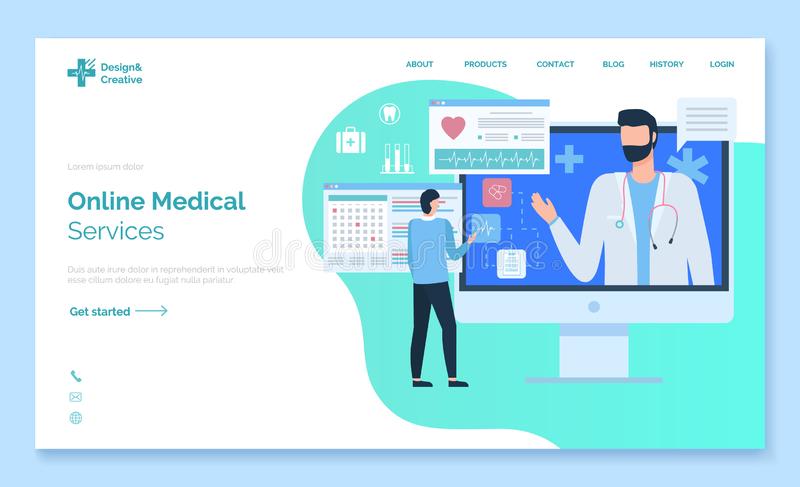Most interactions between healthcare providers and patients are done online these days. However, many patients still miss the personal touch of a live interaction. Furthermore, the recent Coronavirus outbreak has added to this feeling of alienation. To combat this, healthcare providers need to make their website seem human. This can be achieved by using real images. A simple change in the way the images appear on the website can increase patient engagement and loyalty.
Mobile responsive design
Healthcare providers need to make sure their websites are mobile-responsive. This will help them load faster and offer a better experience for consumers. Also, a mobile-responsive website design will help them update their websites more easily. This way, they can be seen on all types of devices and browsers. However, some of the most important things to consider when designing a healthcare website for mobile devices are as follows:
First, healthcare websites should be aesthetically pleasing. They should use colors that are easy to read and relaxing. For example, soothing light blues and greens should be used. Also, make sure the images go together and are not too busy.
Minimalist grid design
There are a few key design elements to consider when creating a minimalist grid design for your healthcare website. One of these elements is the use of white space. This can be beneficial in creating a minimalist design, while keeping it functional. Another important element is the use of typography. Large and interesting fonts can effectively communicate meaning even when there are few elements on the page. Also, different font sizes and weights can help the user understand the hierarchy of the text.
A good healthcare website should be user-friendly and easy to navigate. The design should also be simple and clear. The use of bold typography is also ideal for this type of site. The Royal Melbourne hospital website is a good example of how a healthcare website should be designed. The site is easy to navigate and includes a map and easy registration.
Relevant content
When creating your healthcare website design, it is important to use strong actionable content that will attract visitors and keep them on the site for an extended period. The right kind of content can increase SEO measures, reduce bounce-back rates, and help to create a positive brand image for your healthcare organization.
When creating content for your healthcare website, focus on your strengths and unique benefits. Make sure to make sure that your content is easy to digest and engaging for your readers. By providing relevant information to your audience, you can establish your credibility and establish yourself as an industry leader.
Clean CTAs
Clean CTAs in healthcare website design are crucial to a successful patient journey. Studies show that over 60% of healthcare consumers conduct an online search before scheduling an appointment. This means that your website is highly visible to qualified leads who are actively seeking out healthcare services. Expert website developers can create a website that appeals to search engines. This will help your site appear on the first page of results. Having a higher search engine ranking means more exposure and more organic visitors. A well-designed website will also improve your brand recognition and establish credibility among your audience.
Whether your website is designed for patients or for doctors, healthcare websites should be easy to navigate. The navigation menu should be limited to a few main items, so that visitors can easily find the information they are looking for. Having too many items can make a site look cluttered and confusing. Also, healthcare websites should not feature avant-garde design or eccentric page structures. They should be simple and straightforward, with plenty of white space.
ADA guidelines
Healthcare website design should follow the American with Disabilities Act (ADA) guidelines in order to be inclusive of all visitors. This law enacted in 1990 ensures that people with disabilities have equal access to information and to services. It also provides for job accommodations and public accommodations that are accessible to people with disabilities.
The ADA covers a variety of disabilities and is an important factor when creating a website. For example, websites should make the content readable for people with vision impairments. The site should also allow the user to change the size of text, increase line spacing, stop fast audio and turn off background music.

